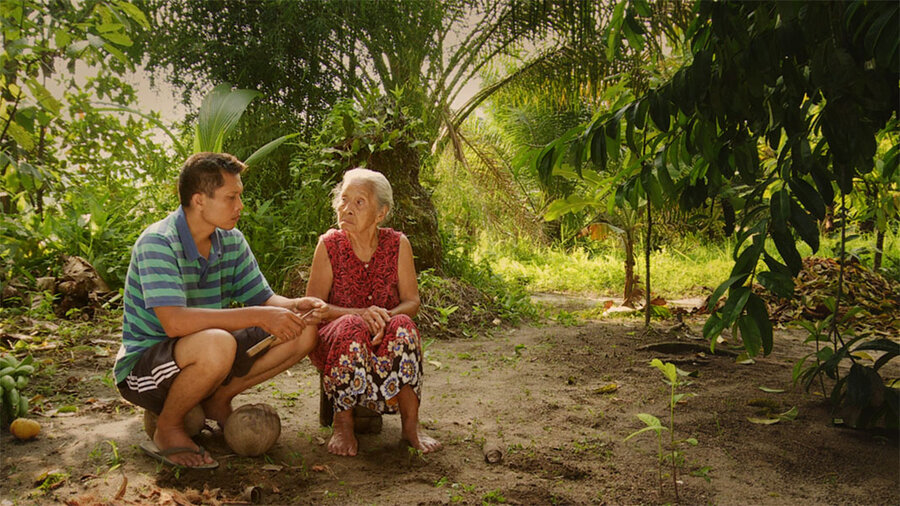'The Look of Silence' returns to the disturbing story told in 'Act of Killing'
Loading...
Joshua Oppenheimer’s “The Look of Silence,” although it was filmed at roughly the same time as his 2012 Oscar-nominated documentary, “The Act of Killing,” is a kind of sequel to "Act," which focused on the 1965-66 slaughter of almost a million Indonesian citizens (supposed communists) by the government and its cohorts. Oppenheimer devoted his entire film to the still-unrepentant killers, many of whom remain in power; he gave them free rein to describe in horrifying detail how they massacred their victims. He filmed them acting out scenes from their favorite gangster movies. For the most part, the killers look as if they’re having a high old time.
For many people, "Act" was a powerful indictment of violence and a work of art. I thought it was unconscionable. Oppenheimer may have thought that by giving these murderers center stage they would expose their bestiality for all to see (except themselves). But what comes across instead is something far more insidious: a showcase for depravity.
“The Look of Silence” is about Adi, a 44-year-old Indonesian optometrist who was born two years after his brother was slaughtered in the massacres. In the course of the film he confronts several of his brother’s killers, all of whom are still living well, a few of them near Adi’s parents’ home. (Both of his parents are quite old – his father, over 100, is no longer aware of his surroundings.)
My relief in watching this movie, which once again recounts the slaughters in great, almost fetishistic detail, is that at least the victims are allowed a voice this time. But as Adi sits down with one killer after another and gets essentially the same unrepentant responses, I wondered why this material hadn’t been included in “The Act of Killing.” Is it because Oppenheimer wanted to preserve his dubious nonintervention aesthetic? In “The Look of Silence,” we are pulled back into the world of its predecessor, without any real payoff. Adi’s quest, no matter how he and Oppenheimer try to spin it, is inevitably doomed.
Which is not to say that, for Adi, the quest was not a spiritual necessity. For me, “The Look of Silence” partially atones for its predecessor, but I would hope that this is the last time we are asked to accompany Oppenheimer into this particular heart of darkness. Grade: B- (Rated PG-13 for thematic material involving disturbing graphic descriptions of atrocities and inhumanity.)





